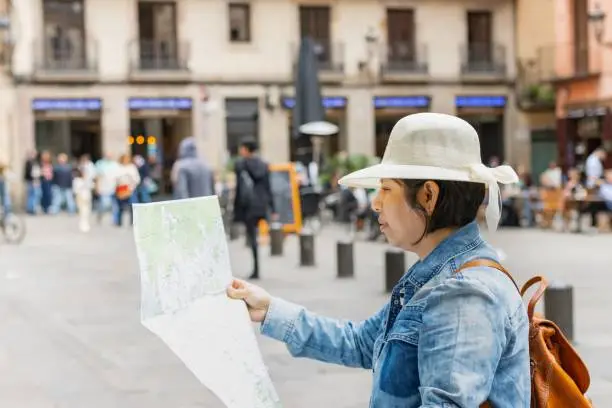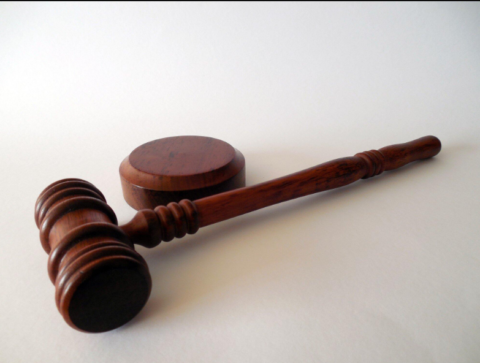Barcelona, one of Europe’s most captivating cities, is a treasure chest of architectural marvels, historical quarters and vibrant cultural centers. To move around this vast city, first-time visitors as well as seasoned travelers need to use a detailed guidebook. Besides assisting you in reaching your destination a map of Barcelona helps you in unlocking the city’s history, art and local life.
Understanding Barcelona’s Layout
The layout of Barcelona is a fascinating juxtaposition of ancient and modern urban design. The city comprises several discrete neighborhoods with their distinct characteristics and attractions. At the core of Barcelona lies Ciutat Vella or the Old City which includes such famous parts as the Gothic Quarter (Barri Gotic), El Raval and La Barceloneta. Surrounding this historic core are districts like Eixample, Gràcia and Poble Sec that have evolved since the 19th century.
On maps, the pattern of streets shows up particularly clearly for the Eixample district laid out by Ildefons Cerdà in the 1850s with his vision for it; wide streets with chamfered corners contrast sharply with Gothic Quarter alleyways that look like a maze. The grid-like shape of Eixample makes it relatively easy to navigate through its territory where landmarks such as Sagrada Família or Casa Batlló could be easily found on any tourist map.
Key Areas to Highlight on the Map
When exploring Barcelona map , several key areas should catch your eye:
Gothic Quarter (Barri Gòtic): With its winding narrow streets, the Gothic Quarter showcases how deep musty scent fills an old town map full of secrets from centuries ago leading us to hidden squares and medieval buildings plus extraordinary view at Barcelona Cathedral that gives tourists who come there goosebumps.
Eixample: Also known as the ‘expansion’ district, Eixample is home to many of Barcelona’s most famous Modernist buildings, including those of Antoni Gaudí. A map pointing out some major sights like Sagrada Família, Casa Milà (La Pedrera) or Casa Batlló will be a great guide for any visitor.
La Rambla: La Rambla is one of the most famous streets in Barcelona and it stretches from Plaça de Catalunya to the waterfront. It is an obligatory point on any map of Barcelona which depicts crowded avenues with shops, cafes and historical sites.
Montjuïc: On any city map you can easily find this hill offering panoramic views over the city and housing numerous attractions such as Magic Fountain, National Art Museum of Catalonia (MNAC), Montjuïc Castle.
La Barceloneta: An area by the sea adjacent to the Mediterranean Sea that beach lovers flock to. Maps feature this neighborhood’s proximity to water bodies helping visitors plan a day at the beach without difficulty.
Using the Map to Navigate Public Transport
Barcelona has a well-developed public transportation system with maps available at every subway station and bus stop. The metro map may be especially helpful since it displays all major lines that interconnect different parts of the city. Key metro lines include:
L1 (Red Line): This line runs through key centers like Plaça de Catalunya and gives access to the Gothic Quarter.
L3 (Green Line): It goes along La Rambla and up to Park Güell so it’s useful for visits to several tourist spots.
L5 (Blue Line): This line is important because it leads to Sagrada Família and other parts of Eixample.
For those who are planning to explore outside the city center, the map will also contain rodalies which are regional train lines running between Barcelona and its environs.
Digital Maps and Apps
However, in this digital era we live in, there’s a need for carrying a digital map on your smartphone instead of a physical one. These include Google maps or TMB (transport metropolitan de Barcelona) App which offer real-time navigation, public transport schedules or even walking routes. Travelers can use these technological devices to zoom into specific areas, search for places they want to visit and get directions immediately.
Nevertheless, there are still instances where a hard copy guide would come in handy; for instance when one is visiting remote areas with limited internet connectivity or when an overall view of the entire city is required at once.
Conclusion
Barcelona’s street guide does not merely provide directions; it explores the rich history, culture as well as architectural beauty. Whether wandering through the ancient streets of Gothic Quarter, watching Gaudi’s masterpieces at Eixample or lying on the sands of La Barceloneta Beaches; without a good detailed map you will miss some interesting features in Barcelona. So whether you opt for a print version or go electronic, having knowledge about the city layout is key to making the most out of your trip to this phenomenal metropolis.





